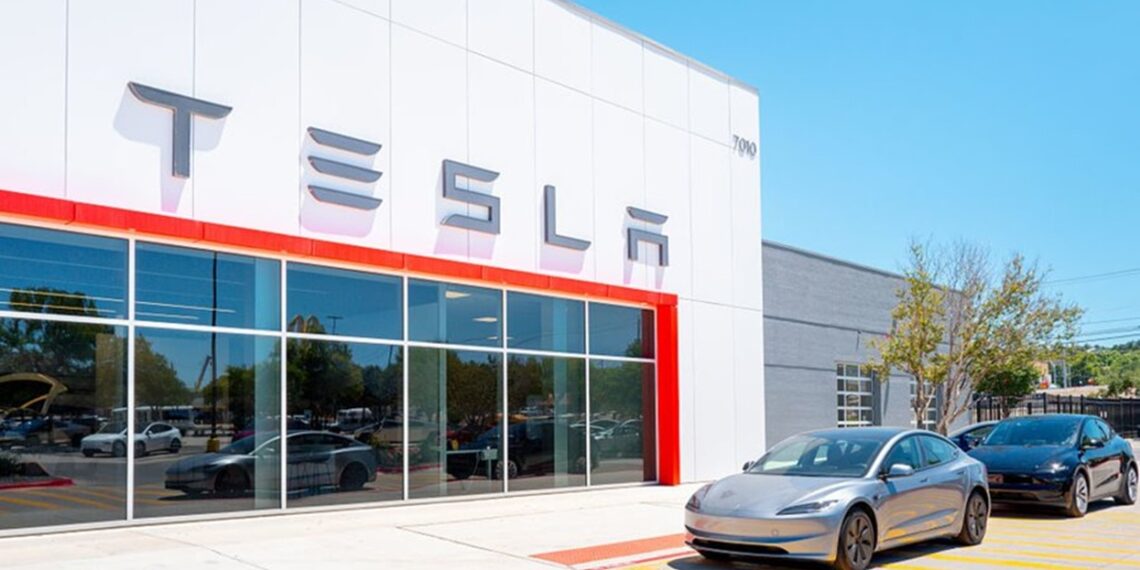A U.S. jury has ordered Tesla Inc. to pay more than $240 million in damages over a fatal crash allegedly involving its Autopilot driver assistance system.
The case stems from a 2019 accident in Florida, in which 22-year-old Naibel Benavides Leon was killed and her boyfriend, Dillon Angulo, severely injured when a Tesla Model 3 veered off course and struck the couple as they were stargazing by the roadside.
Although the driver admitted to being distracted by his cellphone, the jury determined that Tesla’s Autopilot software shared responsibility for the incident.
After weeks of courtroom proceedings, the jury awarded $200 million in punitive damages and $59 million in compensatory damages to Leon’s family.
Angulo, who survived with lasting injuries, was awarded $70 million.
The verdict marks one of the largest penalties levied against the company in connection with its driver-assistance technology.
Legal experts say the ruling sets a precedent, affirming that technological flaws in advanced driving systems can carry legal and moral accountability—regardless of concurrent human error.
Tesla has previously managed to settle similar cases out of court or have them dismissed before trial, making this verdict a watershed moment in the growing scrutiny over autonomous driving technology.
The plaintiffs’ attorneys accused Tesla of withholding key evidence, including video footage and sensor data from the vehicle moments before the crash.
ALSO READ: Indian space startups attract $430 million in investments, says Union Minister
While Tesla claimed the data did not exist, a forensic expert recovered the precise files, contradicting the company’s testimony. Tesla later called the omission an “honest mistake.”
The ruling comes at a critical juncture for Tesla, as the company gears up to launch its much-anticipated fleet of driverless robotaxis later this year.
While Tesla insists its Autopilot system has undergone major upgrades since the 2019 crash, the court’s decision is likely to fuel ongoing debate over the real-world safety and transparency of autonomous driving technology.















